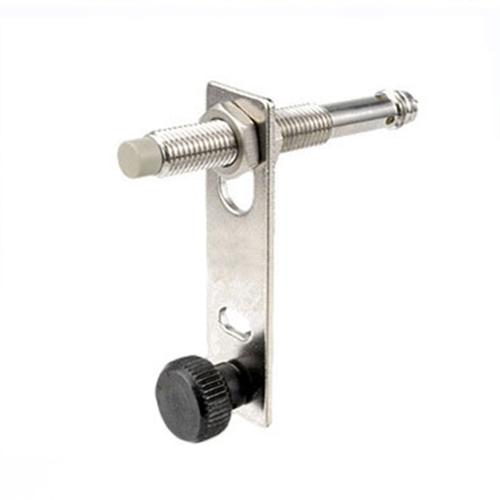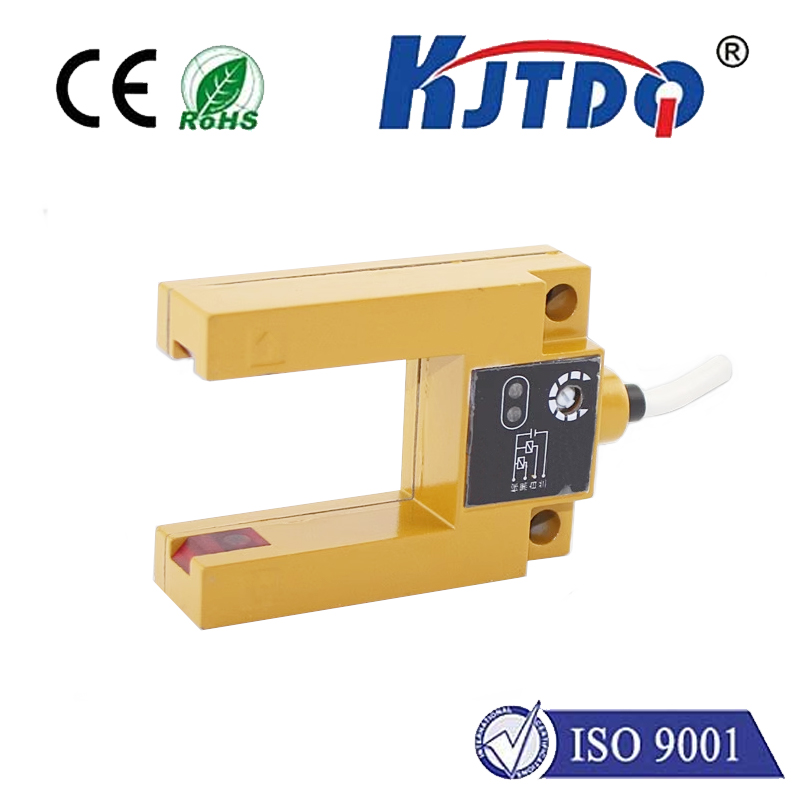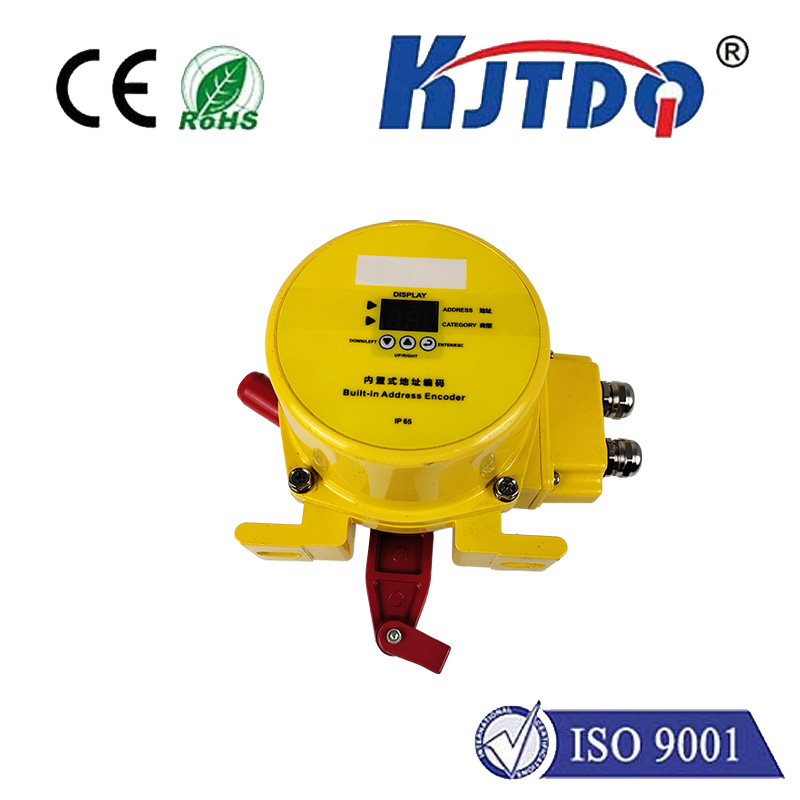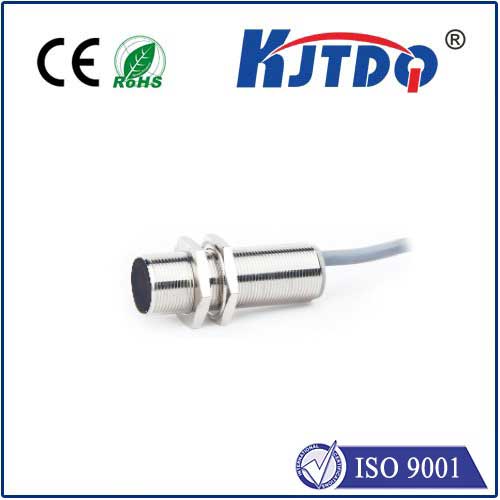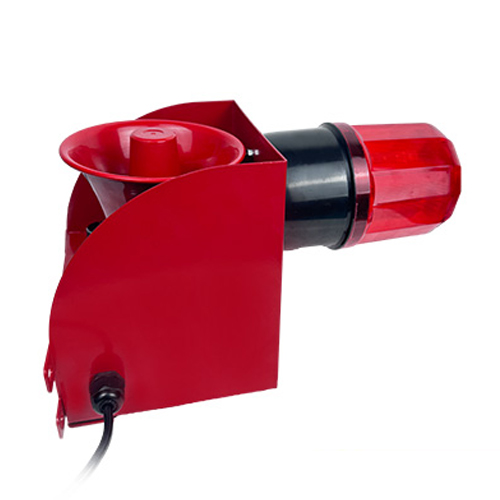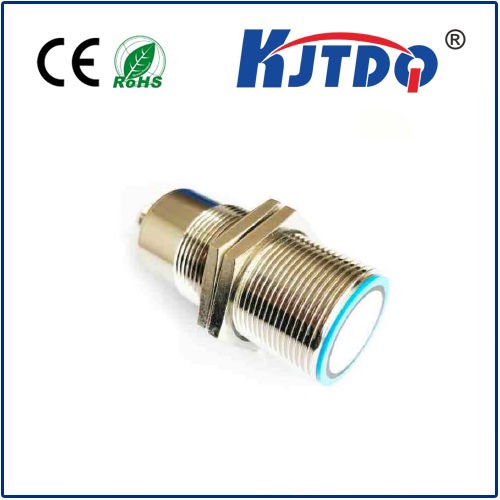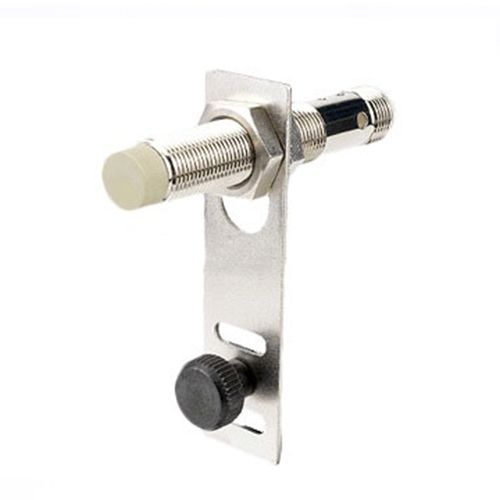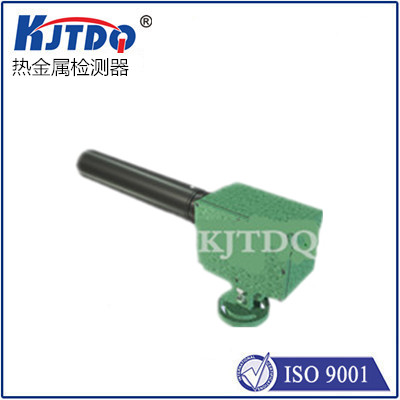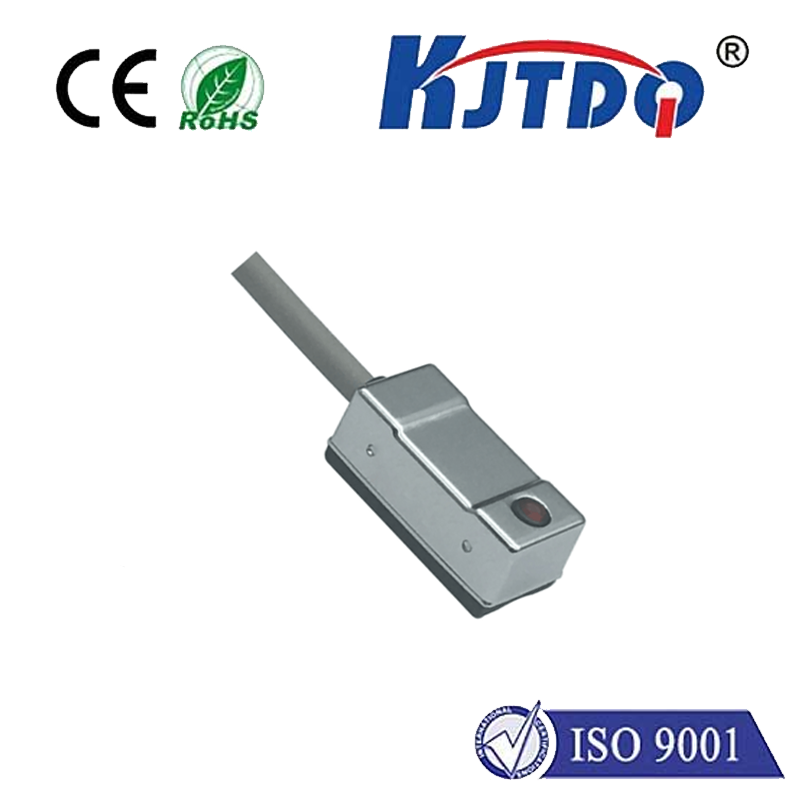photoelectric laser sensor
- time:2025-08-28 03:42:19
- Click:0
Unlocking Precision: How Photoelectric Laser Sensors Transform Modern Detection
Imagine a high-speed packaging line. Bottles whiz by at blinding speed. A tiny misalignment sends one askew; without instant detection, a catastrophic jam could halt production costing thousands. The guardian preventing this chaos is often unseen: a photoelectric laser sensor, precisely tracking each bottle’s position with pinpoint accuracy. This scenario plays out countless times daily across industries, illustrating the profound impact of these sophisticated detection tools. Far beyond simple “eyes,” photoelectric laser sensors leverage focused laser light to deliver unprecedented levels of reliability, precision, and speed in countless automation and safety applications.
Beyond Ordinary Light: What Sets Photoelectric Laser Sensors Apart?
At their core, photoelectric sensors detect the presence, absence, or distance of an object using light. Traditional variants often employ LEDs. The photoelectric laser sensor elevates this principle by substituting a narrow, coherent laser beam for the LED’s diffuse light. This fundamental shift unlocks a cascade of superior capabilities:

- Exceptional Precision: The laser’s tight collimation creates a highly focused beam. This allows for detecting minute objects or achieving precise position measurements that would be impossible with conventional LEDs. Think of threading a needle with a flashlight versus a laser pointer.
- Longer Sensing Ranges: The coherent nature of laser light allows it to travel significantly further while maintaining useful intensity. This enables reliable detection over distances of meters, ideal for large-scale machinery or warehouse monitoring.
- Superior Response Speeds: The intense, focused light spot provides a strong return signal, enabling faster detection speeds. This is critical in ultra-high-speed manufacturing lines or sorting applications where microseconds matter.
- Enhanced Environmental Tolerance: The narrow beam proves more resistant to interference from ambient light or background reflections compared to wider LED beams. It can also maintain performance in challenging conditions like dust or light fog where diffuse light might scatter excessively.
- Small Object Detection: The precise beam spot excels at reliably sensing tiny components, wires, or fine textures on materials.
The Core Mechanisms: How Do They Actually Work?
Photoelectric laser sensors primarily operate using three established configurations, leveraging the unique properties of laser light:
- Through-Beam Mode: This method offers the highest reliability and longest range. The sensor consists of separate transmitter and receiver units positioned opposite each other. The laser transmitter emits a constant beam. An object is detected when it interrupts this beam before it reaches the receiver. The loss of light signal triggers the output. This is exceptionally robust against surface color and reflectivity.
- Retroreflective Mode: Here, the transmitter and receiver are housed together in one unit. The laser beam is directed towards a specialized reflector. When no object is present, the beam bounces directly back to the receiver. An object passing between the sensor and the reflector blocks the beam’s return path, causing detection. This requires only one wiring point but depends on the reflector’s alignment.
- Diffuse (Reflective) Mode: The most compact solution, housing both emitter and receiver in one unit. The sensor emits a laser beam which strikes the target object. Diffusely reflected light bounces back and is captured by the receiver. Detection occurs based on the presence or absence of sufficient reflected light. While convenient, sensing distance and performance are highly dependent on the target object’s size, color, and surface texture. Advanced laser distance sensors often use variations of this principle with triangulation for precise non-contact measurement.
Where Precision Makes a Tangible Difference: Key Applications
The unique strengths of photoelectric laser sensors make them indispensable in demanding environments:
- High-Speed Manufacturing & Packaging: Counting products on blister lines, ensuring correct cap placement on bottles, verifying label presence, detecting transparent films or glass containers (where the precise beam is crucial), and precise position control in assembly robots.
- Material Handling & Logistics: Detecting pallets on conveyors, controlling stack height in warehouses, triggering position gates, and verifying parcel dimensions. Their long-range capability is invaluable here.
- Automotive Robotics: Ensuring precise part positioning for welding or assembly, verifying component presence before critical operations, and providing accurate guidance for robotic arms.
- Electronics Assembly: Detecting tiny components on PCBs, verifying connections, and ensuring precise alignment during micro-machining or placement operations. The fine beam is perfect for miniature parts.
- Printing & Converting: Detecting registration marks on webs for precise printing alignment, verifying slitting accuracy, and controlling web tension by detecting edge position. The accuracy prevents costly misprints.
- Laser Distance Sensing: Specifically designed models accurately measure the distance to a target using time-of-flight or triangulation principles, crucial for level control, dimensioning, and positioning feedback systems.
Selecting and Deploying Your Photoelectric Laser Sensor Effectively
Like any powerful tool, optimal results come from informed selection and integration. Critical factors include:
- Required Sensing Mode: Choose through-beam for maximum range and reliability, retroreflective for convenience where reflectors can be mounted, or diffuse reflective for smaller distances and direct object sensing (mindful of reflectivity).
- Sensing Range: Match the sensor’s specified range to your application’s needs, including a safety margin. Remember environmental factors like dust can slightly reduce effective range.
- Object Characteristics: Consider size, color, surface finish (matte, shiny, transparent), and potential reflectivity. Transparent objects often require through-beam; dark, matte targets might need a more sensitive diffuse model or through-beam.
- Environmental Conditions: Evaluate ambient temperature, potential contaminants (dust, oil, moisture), vibration, and ambient light levels. Choose a sensor with suitable IP rating and environmental specifications.
- Required Output Type & Response Time: Ensure the sensor provides the correct output signal (PNP/NPN analog/digital) for your controller and boasts a fast enough response speed for the application cycle time.
- Mounting & Alignment: Laser beams travel in straight lines, so stable mounting and precise beam alignment are paramount, especially for through-beam and retroreflective setups. Many models feature visual indicators (LED spot or alignment aid) or fine adjustment screws to simplify this critical step.
The Undeniable Edge
In a world increasingly driven by automation and stringent quality demands, photoelectric laser sensors offer a compelling blend of capabilities. By harnessing the unique properties of laser light – its focus, coherence, and intensity – they deliver critical performance advantages: unparalleled detection precision, extended operational ranges, blazing-fast response times, and resilience in challenging environments. From ensuring the smooth flow of production lines to guaranteeing the safety of automated systems and enabling precise measurement, these sophisticated devices are indispensable tools. Choosing the right photoelectric laser sensor and deploying it effectively unlocks significant gains in efficiency, quality, and operational reliability, truly transforming modern detection across countless industries.






